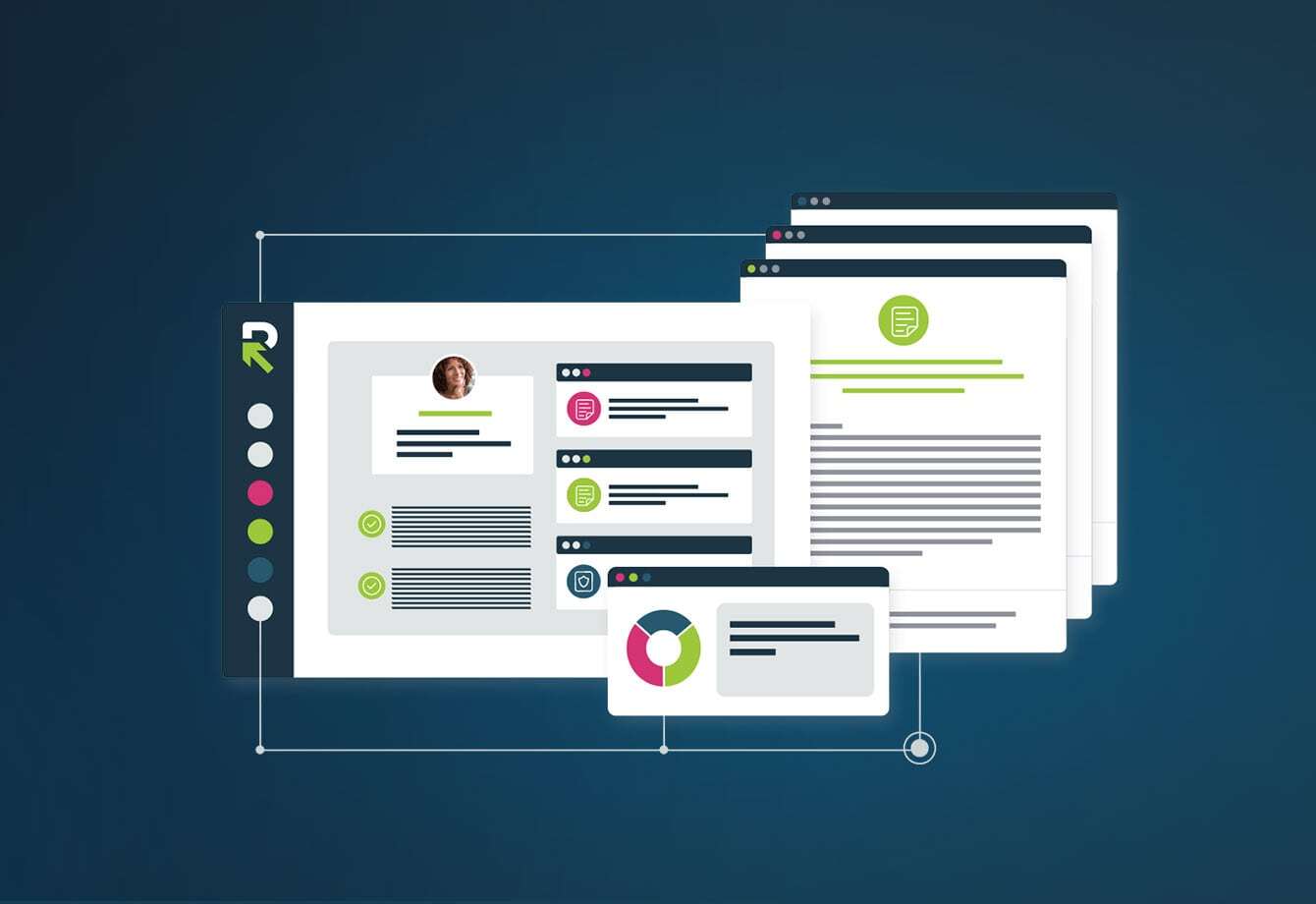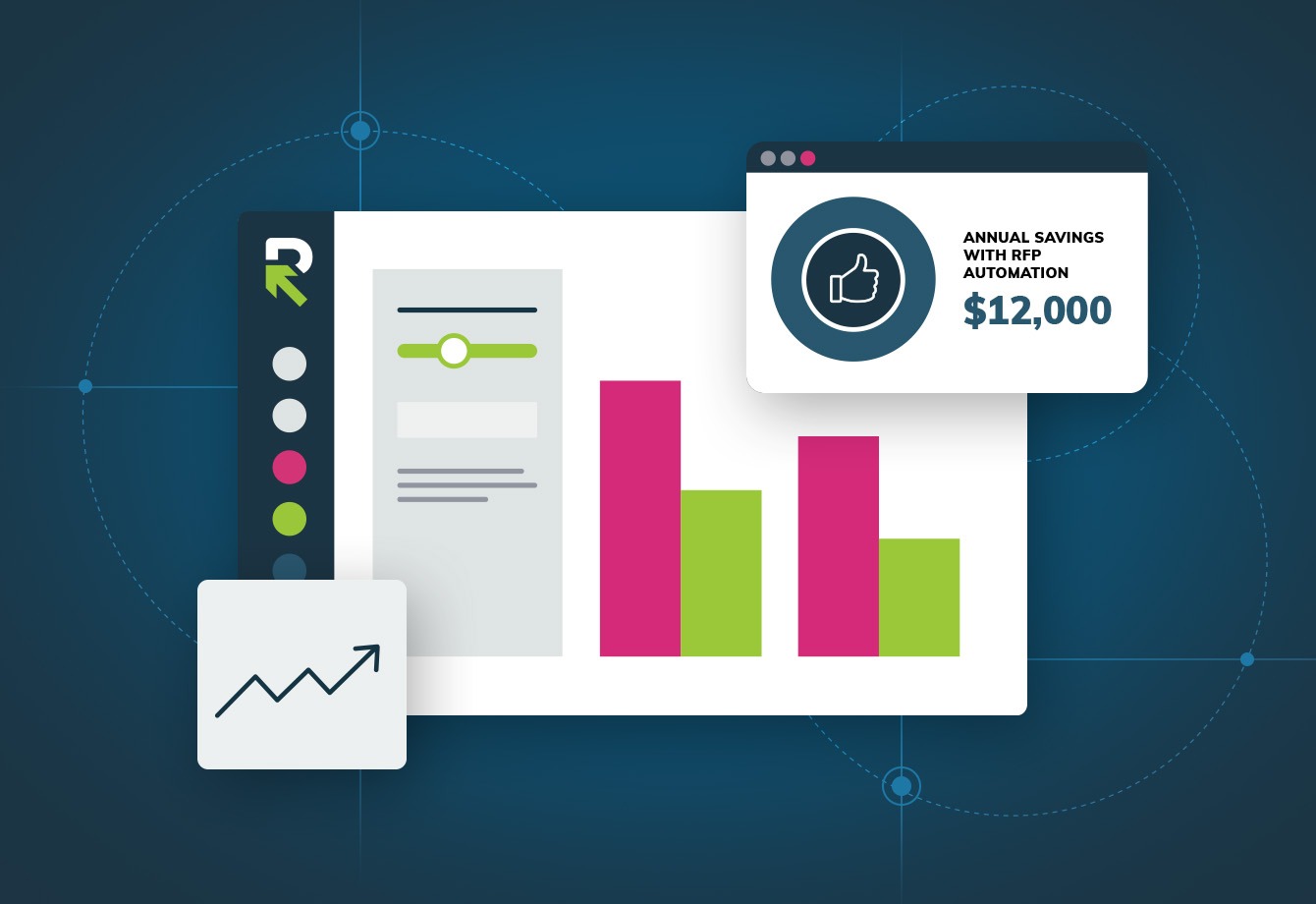
Start Responding Like a Pro
The Responsive blog is full of insights and best practices, giving you the tools you’ll need to streamline your process and respond with confidence.
Featured Post

RFP strategy: How to grow your business with RFPs
Revenue generationDoes your business have a defined RFP strategy? Explore how to create an RFP strategy that supports your growth goals. Read more here.
Category: Revenue generation


Get started on your RFP solution journey with this ROI calculator
Revenue generation
Get started on your RFP solution journey with this ROI calculator
Revenue generation
How proposal teams can prove their value and drive sales productivity
Revenue generation
How to turn proposals into a revenue-driving engine
Revenue generation
To become a valuable subject matter expert, think revenue
Revenue generation
This is how you master RFP software and close more deals
Revenue generationSee how it feels to respond with confidence
Why do 250,000+ users streamline their response process with RFPIO? Schedule a demo to find out.